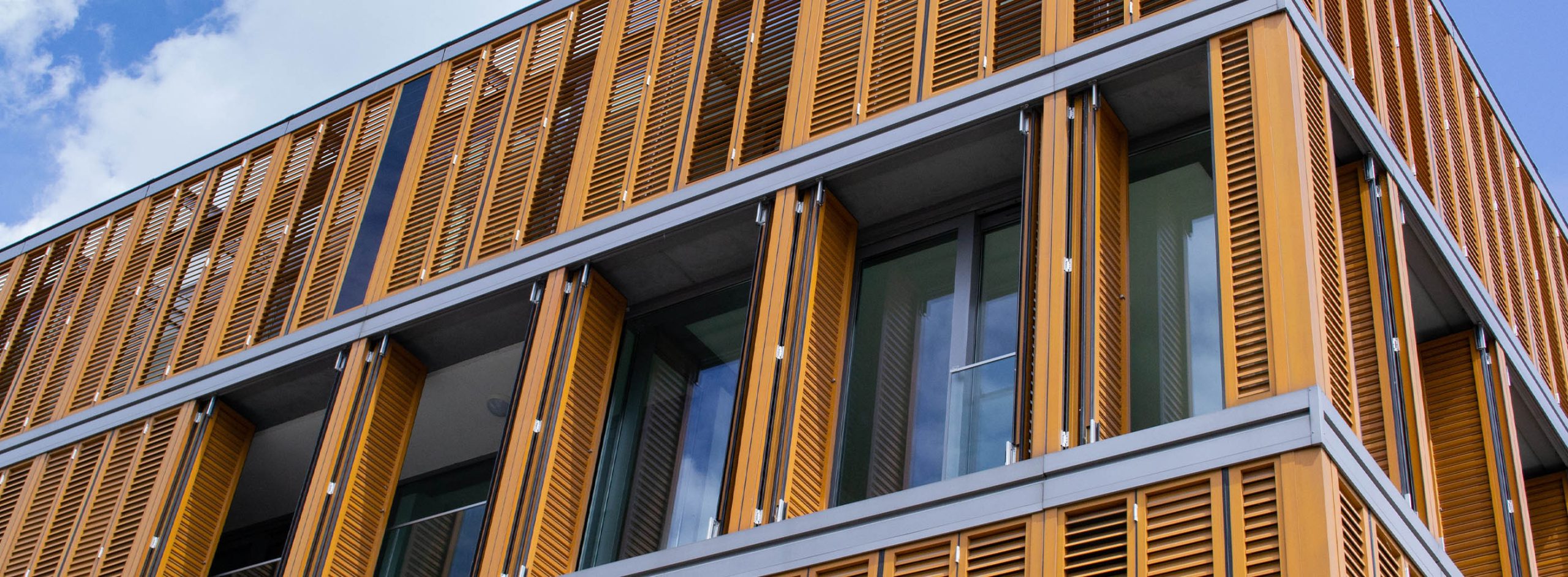Timber is a wonderful natural resource that offers many different benefits for construction. Will it form the foundation of tomorrow’s cities?
Though it may seem strange today, the cities of the future may very well be built from wood. Timber has a number of advantages in construction that make it an appealing material, especially as concerns about health and the environment continue to grow.
Benefits of building with timber include the fact that it’s a renewable resource, meaning that it can be replenished relatively quickly. This is important as we look for ways to reduce our reliance on fossil fuels and other non-renewable resources. It’s also becoming an efficient form of construction – modern mass timber construction techniques allow for prefabrication of many elements off-site, which reduces construction time and waste on-site.
Additionally, as readers of this blog will already know, timber is a natural insulator, meaning that buildings constructed from wood require less energy to heat and cool. This can lead to significant reductions in a building’s carbon footprint. And studies have shown that people who work in buildings constructed from timber actually tend to be more productive and have better health outcomes than those who work in traditional office buildings. This is likely due to the fact that wood is a natural material that has been shown to have positive effects on human health.
So, a better question than “if” cities of the future will be built from timber might be “when”. For some of us, it’s sooner than you might think…
A new seven-story office skyscraper is in the heart of Minneapolis’ busy downtown. You may not think much of it, except for the fact that it’s virtually entirely built of wood. It was the largest timber structure in North America and the first to be erected in the United States in more than a century when it opened in 2016. T3, as the structure is known, was constructed in just two and a half months, which is much less time than traditional steel-framed or concrete structures. The seven-story skyscraper, built by Michael Green’s architecture company, will sequester around 3,200 tonnes of carbon during its lifetime.
T3 is just one example of a growing movement that champions the use of wood as a building material. Speaking about this movement, Michael Green says: “I like to think about this as being a back-to-the-future sort of story…it’s not a new idea to build in wood. Everything we do is entirely made of timber and, ideally, some sort of timber innovation that we hope is informing a systemic change in the way we think about approaching the built environment.”
Michael is not alone. Buildings made exclusively from timber are popping up all over the place. And that should cause us all to question whether or not we want to take part in building the future.
If you would like to consider timber for a bigger part in your next construction project, call Quercus on 0845 50 50 311. Our team of experts can advise you on which timbers suit which jobs, and provide you with high quality, ethically and sustainably sourced timber for your project.

